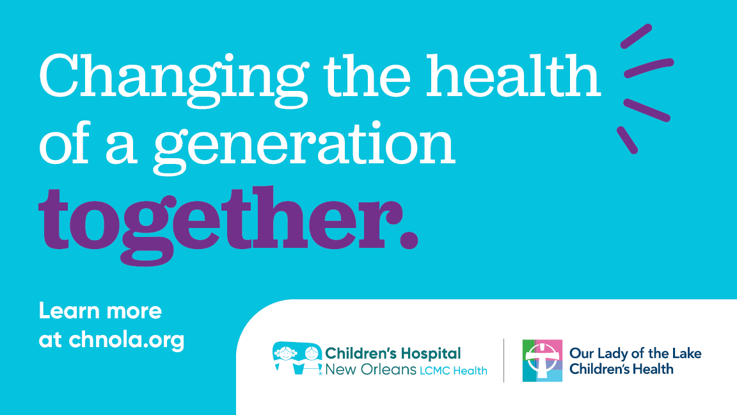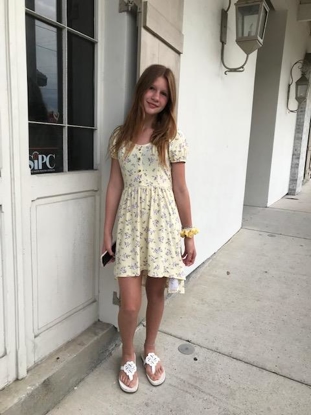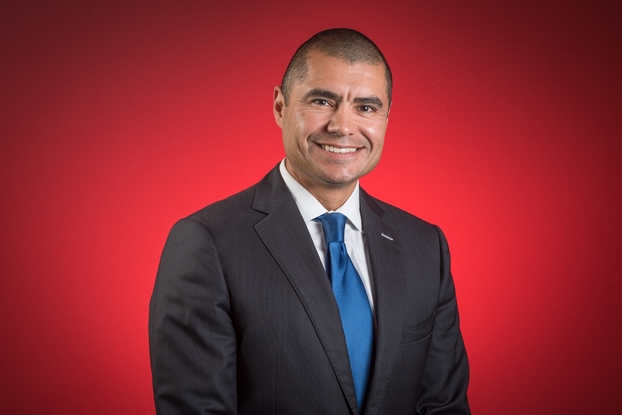Brendan’s Story: Experiencing autism on the spectrum from child to adult
- Category: Mental Health, Patient Stories
- Posted on:

When Brendon Mott was eight years old, his parents became concerned when he started having issues with other kids at school and developed hyper fixation on hobbies. While he excelled academically, his parents noticed he had unusually strong mood swings.
“I had a tendency to get upset really easily, and I would revert to acting younger, crying a lot, and getting super emotional. I didn’t understand when people were joking or when they were serious. I didn’t like to talk to the other kids. When I did, I could only have one friend at a time. Then, when I had a hobby, I became fixated on it to the point that it would be the only hobby I’d have,” said Brendan.
In the United States, Autism Spectrum Disorder (ASD) affects 1 in 68 children and is one of the fastest-growing developmental disorders – more common than diabetes, cancer, and AIDS combined. Brendan was diagnosed with not just ASD, but diabetes as well.
“When I was younger, it was harder for me to understand how diabetes works and how to take care of myself. I think autism made it more difficult to understand the long-term risk,” said Brendan. “My earliest memories of Children’s Hospital were when I used to cry because of blood work, having to do it every three months.”
After being diagnosed with ASD, Dr. Amy Henke at Children’s Hospital New Orleans became Brendan’s pediatric psychologist and developed a plan of treatment specialized for his specific needs. She met with Brendan nearly every week for over a decade.
“I don’t think there’s ever been a time I’ve felt uncomfortable telling Dr. Henke anything. She was always there to listen. She would do sessions with my mom, sessions with just me, and then sessions together. It helped my family understand my autism,” said Brendan. “It helped me understand how the world works. A big thing I had to learn was empathy. When I was younger, I had a hard time understanding people’s feelings or why they did certain things. I learned that I may not know what’s happening or why someone is doing something.”
Children and adults with ASD often care deeply but lack the ability to spontaneously develop empathic and socially connected typical behavior. They typically want to socially interact but lack the ability to spontaneously develop effective social interaction skills.
Now at 22 years old, Brendan says his treatment has helped him see the positive side of his disorder.
“As I’ve gotten older, and I’ve learned more about autism, teaching myself about my condition. I’ve learned how you can use your brain to work to your advantage. In TV shows, you see autism as a hindrance rather than the positive, and a lot of people like to think of the negatives and not the positives of this,” said Brendan.
Brendan says that he loved school and got good grades. He used his tendency for hyper fixation due to ASD and placed it into healthier outlets.
“I started getting more involved in school activities. I’d give things my all and get awards. I learned how to separate my hobbies and apply it to my education,” said Brendan.
About 50,000 children with ASD will exit high school each year in the United States. Many people with ASD are successfully living and working and contributing to their local communities thanks to services delivered during the child's educational years.
“I am a high functioning with low levels of support. That means I put my all into things I do and stay focused. I get the job done. While I need support, I can do day-to-day life and be independent,” said Brendan.
Through his therapy sessions, Brendan was able to tap into his passions, like his love for architecture. He is now a senior in UNO studying engineering pursuing his dream career.
“It’s important to realize that a person doesn’t stop becoming autistic when they become an adult. When I first came to college, I realized I needed help. I live by myself in a college campus in a studio apartment. I think it’s important for people to remember that autistic people can still do stuff that other people can do, they may just need other kinds of support,” said Brendan.
As Brendan became an adult, CHNOLA’s medical staff helped him transition from pediatric to adult doctors. He still attends therapy sessions as needed and receives support from his school and family.
“I had a hard time with change at first, but I eventually realized change - most of the time - is good. Children’s Hospital taught me how to look at the bright side of a situation,” said Brendan.
ASD generally appears before three years old. The earlier a person is diagnosed, the better the outcome with treatment, which is why Brendan encourages parents to not be fearful of an ASD diagnosis.
“I know it’s hard for parents. Many don’t want to know or recognize that their kid is autistic due to the stigma and stereotypes. I was thankful that my parents were even willing to care to see what was wrong,” said Brendan. “Not all people with autism are the same, and education is key to understanding it.”
For more information on The Autism Center at CHNOLA or to schedule an appointment with the Autism Center specialists at Children’s Hospital, visit chnola.org/autismcenter or call 504.896.7272.



